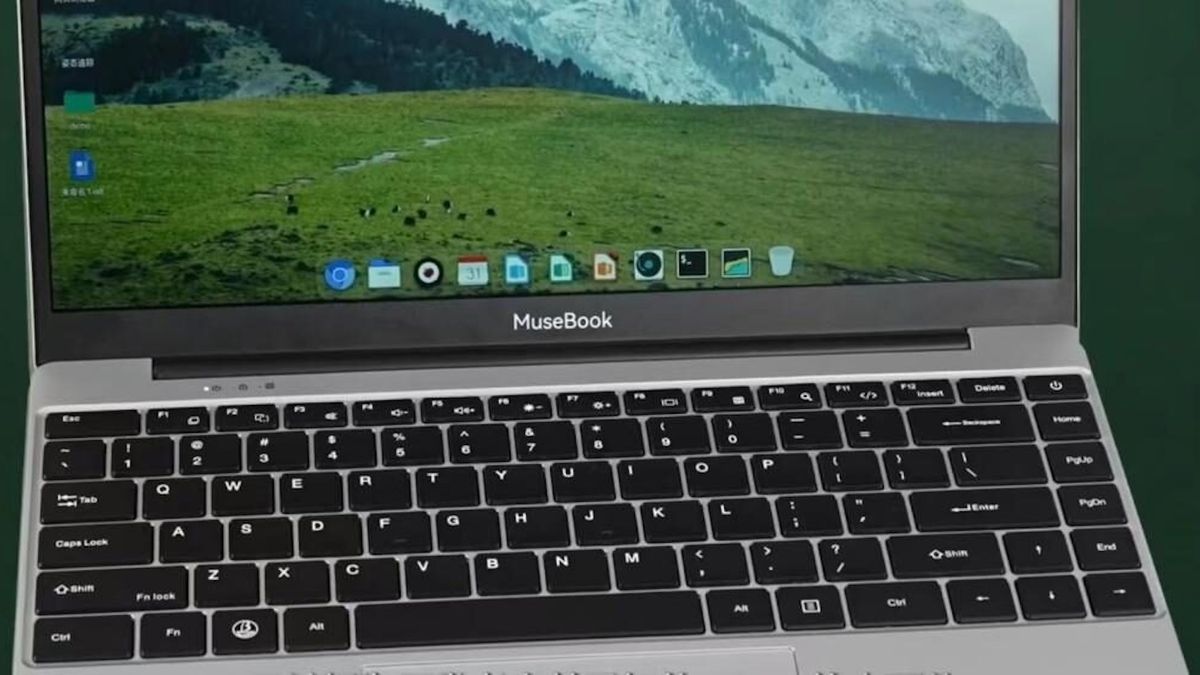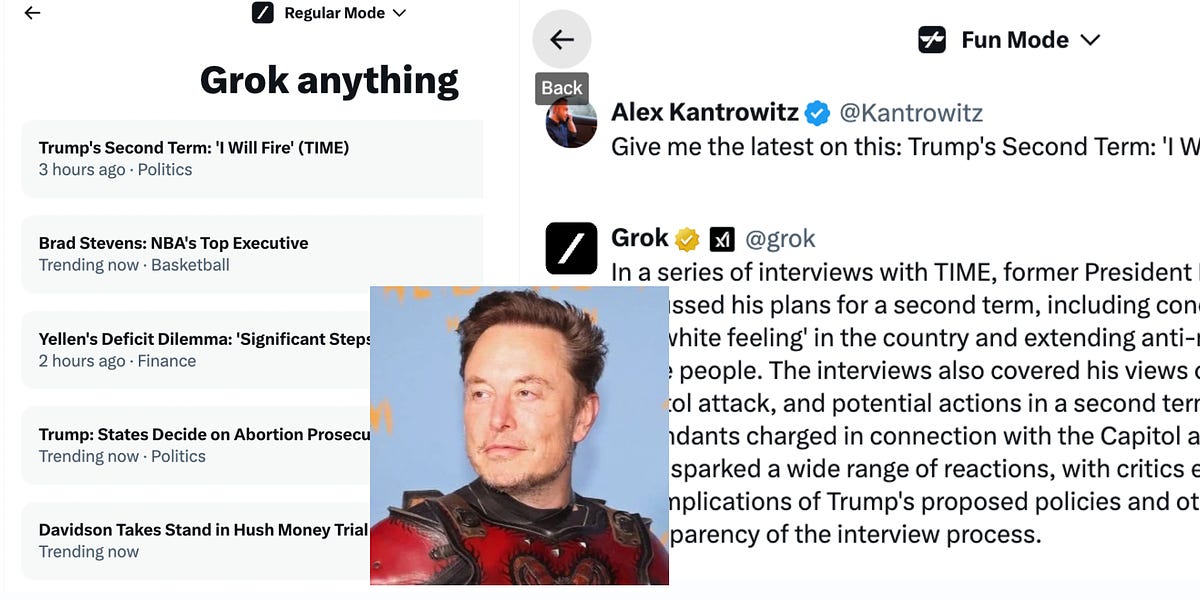
May Cause Anal Leakage: The Olestra Fat-Free Snack Controversy of the 1990s
When Procter & Gamble began market-testing a fat-free version of their popular Pringles snack in late 1996, Pringles brand manager Casey Keller called their attempt to revolutionize the food industry with the calorie-conscious chips “the number-one unmet consumer need” of the moment.
The chip, which had zero grams of fat and only half the calories of conventional Pringles, was made possible by Procter & Gamble’s olestra, a synthetic fat molecule marketed under the brand name Olean. Because it was too large to be absorbed by the intestine, it passed through the digestive tract—a little too quickly, as it turned out.
Olestra, which was found in Pringles and later in Frito-Lay products like Ruffles and Doritos, was burdened by a nagging problem. The miraculous fat molecule gave a percentage of consumers stomach cramps, loose bowel movements, and diarrhea. It also led to the coining of phrases not normally associated with snack foods, like “fecal urgency” and “anal leakage.”
Olestra’s origins date back to 1968, when Procter and Gamble researchers were investigating fats that premature infants might be able to tolerate more easily. Over time, they found that attaching an increased number of fatty acids to the sorbitol molecule rendered the fats unable to pass through the mucus membrane of the intestine and were therefore totally indigestible.
Leave a Comment
Related Posts



/cloudfront-us-east-2.images.arcpublishing.com/reuters/F6VSI5T5PVNZ3MPS5UVJA5U5IU.jpg)







/cdn.vox-cdn.com/uploads/chorus_asset/file/23382326/VRG_Illo_STK022_K_Radtke_Musk_Tesla.jpg)
/cdn.vox-cdn.com/uploads/chorus_asset/file/23999788/acastro_STK073_02.jpg)










